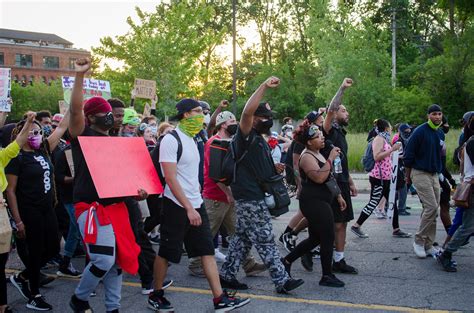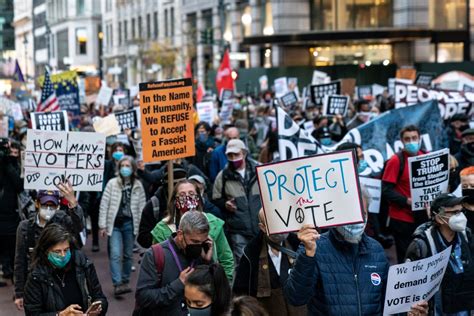In today’s America, the landscape of political allegiance has undergone a profound transformation that defies traditional explanations based solely on income and education. The recent U.S. presidential election revealed a significant shift in voting patterns, challenging long-held assumptions about class dynamics and political affiliations.
“Perhaps the safest thing to say is that the working class, as a class, didn’t do anything.”
Historically, income levels have often been used as a key indicator to predict voting behavior. However, recent data showing a notable swing towards Donald Trump among lower-income voters and a shift towards Democrats among more affluent individuals have forced experts to reconsider conventional wisdom.
As noted by historian Tim Barker, the notion of distinct classes making clear voting choices may no longer hold true. Instead of a straightforward realignment along economic lines, there seems to be a nuanced interplay of factors shaping voter preferences.
“You can’t understand the politics of the United States right now unless you acknowledge that there’s a third social class.”
To truly grasp the intricacies at play in contemporary American politics, it is essential to recognize not just two but three distinct social classes influencing electoral outcomes. Beyond the traditional dichotomy of working-class versus wealthy elites lies what Barbara and John Ehrenreich termed as the Professional-Managerial Class (PMC).
The PMC comprises educated individuals who wield authority across various spheres of society, exerting influence over both blue-collar workers and high-income earners. This group plays a pivotal role in shaping narratives and norms that impact how different segments of society engage with politics.
The rise of figures like Donald Trump symbolizes more than just personal charisma; it signifies a rejection of established PMC values by certain sections within the working class. Trump’s unfiltered rhetoric resonates with those who feel marginalized or disregarded by elite sensibilities.
“There are also important lessons here about the politics of welfare.”
Moreover, discussions around welfare policies reveal deeper tensions regarding perceptions of self-worth and autonomy among Americans. While traditional liberal approaches emphasize redistributive measures to tackle inequality, they sometimes overlook the nuanced desires for self-reliance prevalent among certain demographic groups.
Individuals in states like West Virginia and Tennessee rejecting Medicaid benefits highlight an underlying aspiration for economic agency rather than mere reliance on state support systems. This desire for self-sufficiency underscores broader societal aspirations tied to notions of dignity and independence.
In navigating these complex socio-political dynamics, it becomes evident that simplistic categorizations based solely on income or education fail to capture the rich tapestry of motives driving voter behavior in contemporary America.
This evolving landscape demands a more holistic understanding that acknowledges intersecting identities, aspirations for empowerment beyond financial assistance, and complex interactions between different social classes shaping political discourse and decision-making processes.











Leave feedback about this